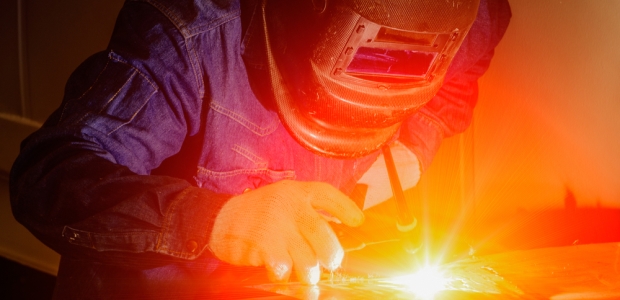"We are at a critical time when it comes to the role of public safety. As my administration continues to navigate how to evolve policing to be relevant to the changing needs of our community, I am pleased to have Robert King join the team," Mayor Ted Wheeler said.
Cases have been identified in Ohio, Kentucky, Virginia, Tennessee, and Georgia as of April 4. The investigation includes infections recently reported by the Kentucky Department of Public Health, which announced March 29 that 20 Kentuckians had tested positive with a strain of E. coli O103.

In joint tri-lateral letters to the standards development organizations in the three jurisdictions, the U.S., Canadian, and Mexican agencies recommended new testing to assess the potential for fire and burn hazards caused by AC-powered chargers for small electronic devices.
The California Department of Public Health recently issued penalties to four California hospitals along with fines totaling $224,895 after investigations found the facilities' noncompliance with licensing requirements caused, or was likely to cause, serious injury or death to patients.
First responders may encounter hazmat issues, thermal runaway concerns, battery explosion and re-ignition, and off-gassing when responding to fires involving energy storage and photovoltaic equipment.
During fiscal year 2018, FDA staff posted at the nation's International Mail Facilities examined packages from more than 180 countries, with approximately 90 percent of the packages reviewed by the FDA found to contain products that should not have been entering the country.
In its application, Florida Power & Light seeks an additional 20 years of operation for Units 3 and 4. Their current operating licenses will expire in 2032 and 2033.

The Brooklyn-Queens Expressway's 1.5-mile section between the Atlantic Avenue Interchange and Sands Street is one of the most complex highway structures in the country. Built in 1954, it includes a triple-cantilever structure, of which the Brooklyn Heights promenade is the top tier.
"The violations identified exposed employees to serious and potentially life-threatening injuries," said OSHA Syracuse Area Director Jeffrey Prebish. "Employers can minimize workplace dangers by conducting required job hazard analyses."
More than 1 in 10 respondents—16 percent—said they have either struck or almost struck a first responder or emergency vehicle stopped on or near the road. Despite these responses, 89 percent of drivers said they believe distracted drivers are a major source of risk to first responders.
Flight attendants with past exposure to secondhand smoke (SHS) have preclinical signs of accelerated vascular (blood vessel) aging, according to a study recently published in the Journal of Occupational and Environmental Medicine.

The American Welding Society says National Welding Month is an important opportunity to highlight an industry where trade skills are in dire need, with the industry predicting a shortage of more than 200,000 skilled welding professionals by 2020.
The U.S. Department of Labor, in coordination with the Department’s Office of Disability Employment Policy and its Employer Assistance and Resource Network on Disability Inclusion, has launched a new resource to help employers better understand mental health issues and to provide guidance on how to cultivate a supportive workplace.
The recipients will be honored during next month's American Industrial Hygiene Conference and Exposition. It take place May 20-22 in Minneapolis, Minn.

The agency evaluated 51 applications requesting more than $265 million in all.
Cal/OSHA was notified in September 2018 that the employees were hospitalized after being diagnosed with Valley Fever, also known as Coccidioidomycosis. Symptoms of the disease are similar to the flu and include fatigue, shortness of breath, and fever. Severe cases can cause serious lung problems.
"With more than 20 years of service to the association, Cristine has been an effective and strategic leader within ISEA. Her skills and expertise have contributed to the solid execution of our standards development, membership, and operational strategies resulting in association growth," said Charles Johnson, the president of ISEA. "Supported by talented and dedicated team members, Cristine will continue to play a key role in the success of ISEA."